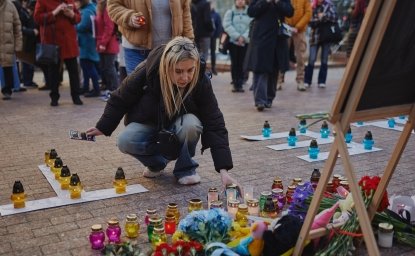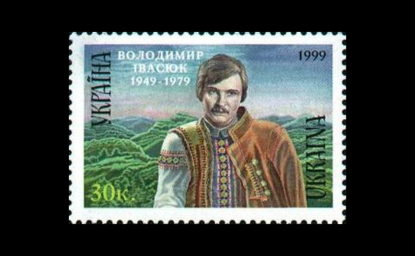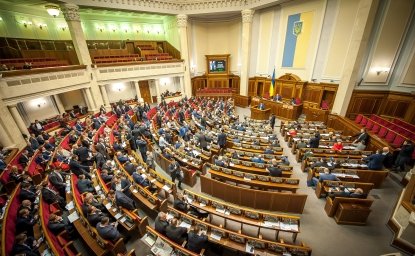
A blog of the Kennan Institute
BY MYKHAILO MINAKOV
Two months have passed since the Russian Federation started a new phase of its invasion of Ukraine. This war is far from over, but a few interim conclusions can be drawn at this stage. Based on a thorough monitoring of the political and military processes in Ukraine, Russia, and Europe, I offer the following five conclusions.
1. Ukraine’s resilience grows in the face of Russia’s miscalculations
It is clear today that the Kremlin’s initial plan for fast regime change in Ukraine has failed. The Ukrainian army, the government, and society have shown tremendous resilience in the face of the massive Russian attack. Over the course of the last sixty-three days, Ukraine has managed to survive the initial shock and adapt—militarily, economically, and administratively—to the war. Despite considerable losses, Ukraine has been able to inflict comparable damage on the Russian troops. As a result, the Russian army has had to retreat from some areas, limit its on-the-ground activities, regroup, and declare it was starting “the second phase of the special operation”—a not so subtle acknowledgment that the initial plan had failed.
Ukraine’s resilience will likely only strengthen in the near future, especially with the infusion of new military hardware from its Western allies.
2. The anti-Putin global coalition is growing
The Zelensky administration has managed to increase Ukraine’s strategic cooperation with the United States, Japan, NATO, the EU, and individual EU member states. Kyiv has become the crux of Western politics. Ukrainian leaders meet almost daily with Western cabinet officials and politicians. The pilgrimage to Kyiv, even if it is indeed dangerous, was undertaken by, among many others, the US secretary of state Antony J. Blinken and secretary of defense Lloyd J. Austin, the prime ministers of Denmark and Spain, and the presidents of Poland, Lithuania, Latvia, and Estonia. President Zelensky is in constant communication with the leaders of Western and Eastern partner states: just in the past several days he spoke with the prime minister of Japan, the parliamentarians of Portugal, and the U.S. president Joe Biden.
This political communication has led to a more resolute partnership between Ukraine and the Western powers. The United States, the UK, the EU, and NATO have all imposed multiple sanctions on Russia, which, despite some damage to those entities’ economies, are expected to limit Russia’s ability to continue the war and ultimately lead to a loss for Russia. Additionally, the NATO countries have considerably increased their military support for Ukraine, now delivering on a daily basis heavy weapons and sophisticated air defense systems. With this support finally arriving, Ukrainian resilience will only grow.
3. Kyiv and northern Ukraine wrung out a hard-won victory
Somewhat confounding the Kremlin’s and the West’s expectations, Kyiv has fought back against the Russian attacks and remained free. If in March Russian troops were deployed in ten regions of Ukraine, by the end of April they had retreated from Kyiv, Chernihiv, Sumy, Dnipropetrovsk, and Mykolaiv oblasts. The ground operations of the Ukrainian army have also seen some success in the areas around Kharkiv, Zaporizhzhia, and Kherson.
Though the geography of the Russian ground forces’ deployment has narrowed to the eastern and southern regions of Ukraine, the number of missiles and the areas targeted in air attacks are both growing steadily. At this point, no Ukrainian city is safe from such an attack.
4. The unfinished “land bridge” is going nowhere
Russia’s control over the areas it claims to control is far from stable. During the initial phase of the war, Russian troops succeeded in taking over Kherson oblast and approximately 70 percent of Zaporizhzhia oblast. Even if these actions made it possible to restart a supply of water to Crimea and to install pro-Russia administrations in local settlements, the land bridge between Russia and Crimea that Moscow so desires is not yet in place.
Despite Putin’s claim of victory in Mariupol, the defense of the city is continuing at the time of writing. A partisan movement has engaged in small-scale operations to thwart the efforts of the Russian military administrations and has blockaded railroads in Kherson and Zaporizhzhia oblasts. The Ukrainian army has also launched missiles strikes on this region, which makes the Crimean land bridge unsafe for passage of military vehicles.
5. The war shows a tendency to proliferate
Even though Moscow sought to limit warfare to Ukrainian soil only, this goal has not been met, and cannot be. Instead, the war has turned back on the Russian Federation: Russian infrastructure near the Russian-Ukrainian border was hit on several occasions in the past four weeks. Belarusian workers have engaged in sabotage of rail lines used to resupply Russian troops from Belarusian territory. Several explosions in Transnistria, a Moscow-backed breakaway region of Moldova on the Ukrainian border and host to a large stockpile of Russian military matériel, may reignite the old conflict on Moldovan soil. Russia’s war in Ukraine has shown a tendency to break the bounds of Moscow’s expectations and contaminate neighboring countries, drawing hostile responses from an enlarging group of states.
The war goes on, bringing more and more pain and misery to the people of Ukraine literally every minute. But in this tragedy Ukrainians are not alone, and these interim conclusions demonstrate it.
The opinions expressed in this article are those solely of the authors and do not reflect the views of the Kennan Institute.
Author


Kennan Institute
The Kennan Institute is the premier US center for advanced research on Eurasia and the oldest and largest regional program at the Woodrow Wilson International Center for Scholars. The Kennan Institute is committed to improving American understanding of Russia, Ukraine, Central Asia, the South Caucasus, and the surrounding region through research and exchange. Read more

Explore More in Focus Ukraine
Browse Focus Ukraine
Talking to the Dead to Heal the Living

Ukrainian Issue in Polish Elections


